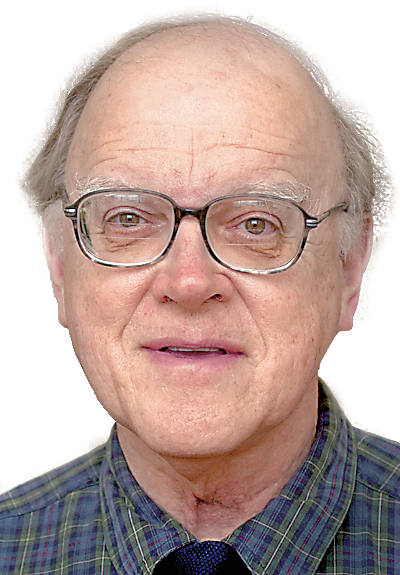Since our granddaughter sustained a concussion while playing soccer in her preteens, I have followed closely that sport's management of head injuries.
She had taken a high kick for a header and immediately became dizzy, then had a severe headache that persisted for days. She did not play competitive soccer again.
On June 30, in the semifinal game for the FIFA Women's World Cup between Germany and the United States, two head injuries occurred on the same play midway through the first half. Germany's Alexandra Popp and America's Morgan Bryant leapt for a header off a penalty kick. Their heads collided, and both fell to the ground, where they lay for several minutes.
Popp seemed dazed and bled from a scalp injury; Bryant lay face down before being turned onto her back by the medical staff who ran onto the field. Play was stopped for three to four minutes before both players were assisted from the field.
Both quickly returned to action, however, and played the remainder of the game, save for Bryant who was substituted with four minutes to play. Popp continued to bleed despite a dressing to her head. She grimaced from obvious pain when taking a hard header in the second half.
In my opinion, both injuries were mishandled.
Concussion results from impact to the head or sudden deceleration of the brain within its protective boney skull. The shock wave disrupts the delicate electrical circuits within the brain. The injured person may feel dazed, stunned and clumsy. Transient or more sustained unconsciousness may occur. Vomiting and seizures occur with more severe injury.
Other symptoms that may persist for days or weeks include headache, drowsiness, inability to concentrate and depressed mood.
A second concussion occurring soon after the first can result in more severe or permanent brain injury, or rarely, sudden death. Athletes who suffer multiple concussions during their competitive days may develop chronic, traumatic damage to the brain, known as encephalopathy, which has been linked to early dementia, worsening depression and suicidal thoughts.
A careful neurological assessment by a health professional trained in the recognition and management of concussion is essential after a sports-induced head injury. Ideally, this person should be neutral and more concerned with the health of the athlete than the outcome of a game.
FIFA rules limit substitutions in a game to three per team. Once substituted, a player cannot return to action in that game. By contrast, amateur soccer rules in the United States permit unlimited substitutions and allow return to action of an injured player, usually in the next half, if medically cleared.
In the Germany-United States game, inadequate time was allocated for a proper neurological examination. FIFA should modify its injury protocol to permit substitution beyond the limit of three per game in the event of a head injury. Consideration should be given to re-entry for a player who is exhibiting no concussion symptoms after examination and a period of observation on the bench.
The handling of the head injuries in the Germany-United States game may convey to viewers - whether players, coaches, or parents - the false impression that a head injury is not necessarily serious and that, after a brief exam, it is perfectly acceptable to return to action.
Girls are especially susceptible to concussion after headers while playing soccer, a situation attributed to weaker neck muscles which do not permit stabilizing the head before impact with the ball. Banning of headers by both girls and boys before age 14 has been advocated as a safety measure.
At all levels of play of this wonderful sport, a thorough neurological examination following head injury is crucial. This will determine when the player may return to action or the need for more detailed evaluation.
Contact Clif Cleaveland at cleaveland1000@comcast.net.

